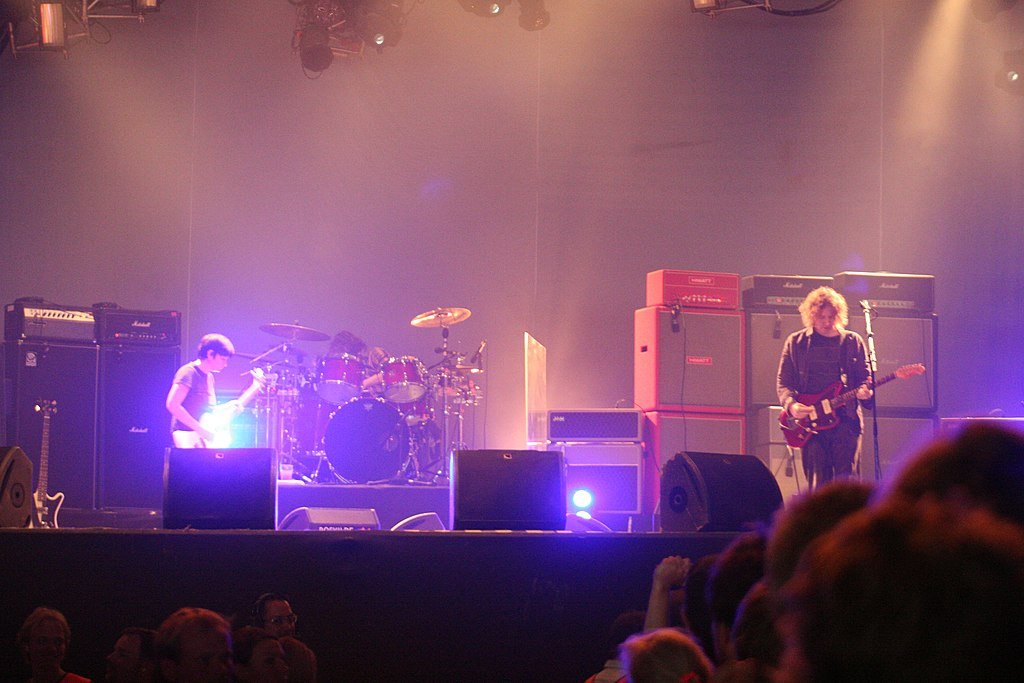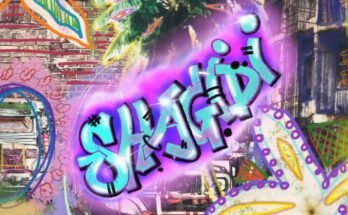In the ever-evolving landscape of music genres, there are those that leave an indelible mark despite their relatively niche appeal. One such genre is “shoegaze,” a term coined in the late 1980s to describe a unique style of music characterized by its ethereal soundscapes, dreamy melodies, and often obscured vocals.
Despite its initial obscurity, shoegaze has emerged as a beloved genre with a dedicated fanbase and a lasting influence on alternative and indie music.
Origins and Influences
Shoegaze emerged primarily in the United Kingdom during the late 1980s and early 1990s, drawing inspiration from various musical movements such as post-punk, dream pop, and noise rock. Bands like My Bloody Valentine, Ride, Slowdive, and Lush are considered pioneers of the genre, each contributing to its distinctive sound and aesthetic.
The term “shoegaze” itself originated from the onstage demeanor of many of these bands, who were often seen staring down at their effects pedals or their feet while performing, seemingly lost in the music—a stark contrast to the energetic stage presence commonly associated with rock bands.
Musical Characteristics
At the heart of shoegaze music lies a dense wall of sound created by layers of distorted guitars, swirling feedback, and intricate effects. These elements combine to produce a rich and immersive sonic experience, often described as “lush,” “ethereal,” or “otherworldly.”
One of the defining features of shoegaze is its use of effects pedals, particularly reverb and delay, to create a sense of space and atmosphere. Guitars are often drenched in these effects, blurring the lines between individual notes and creating a sense of sonic haze.
Another hallmark of shoegaze is the prominence of melody within the music. Despite the often dense and distorted instrumentation, melodic hooks and catchy chord progressions shine through, providing a sense of cohesion and accessibility amidst the sonic experimentation.
Lyrically, shoegaze songs often explore themes of introspection, longing, and emotional turbulence, with vocals typically buried beneath the layers of instrumentation, adding to the genre’s dreamlike quality.
Evolution and Legacy
While shoegaze enjoyed a brief period of commercial success in the early 1990s, with albums like My Bloody Valentine’s “Loveless” receiving critical acclaim, the genre faded from the mainstream spotlight as musical trends shifted. However, its influence endured, leaving an indelible mark on subsequent generations of musicians.
In the years following its initial emergence, shoegaze experienced a resurgence of interest, with a new wave of bands drawing inspiration from its sonic palette. Artists like Beach House, Tame Impala, and DIIV have incorporated shoegaze elements into their music, contributing to its ongoing relevance and evolution.
Moreover, the influence of shoegaze can be heard across a wide range of contemporary genres, from indie rock and dream pop to electronic and experimental music. Its legacy lives on in the shimmering guitar textures, expansive soundscapes, and introspective lyricism embraced by artists around the world.
Shoegaze remains a captivating and influential genre, cherished by fans for its immersive sound and emotive depth. With its dreamy melodies, swirling guitars, and introspective lyrics, shoegaze offers a sonic escape into a world of ethereal beauty and emotional resonance. As its influence continues to reverberate through the musical landscape, the allure of shoegaze shows no signs of fading, ensuring its place in the pantheon of alternative music for years to come.



